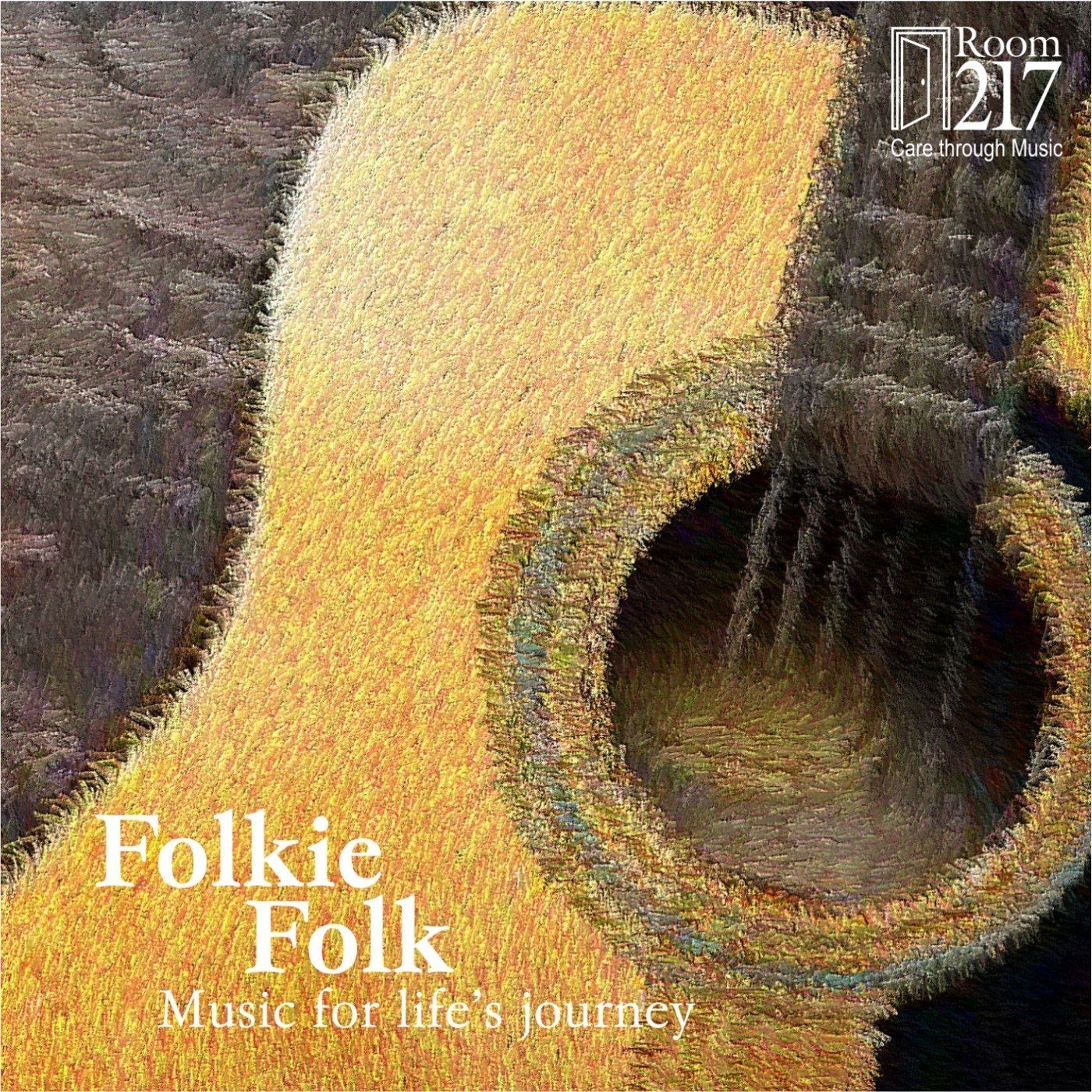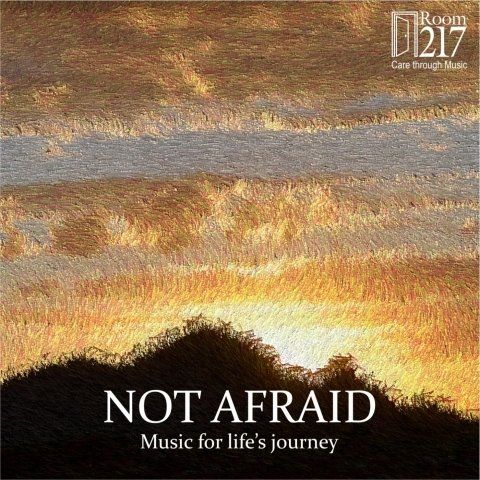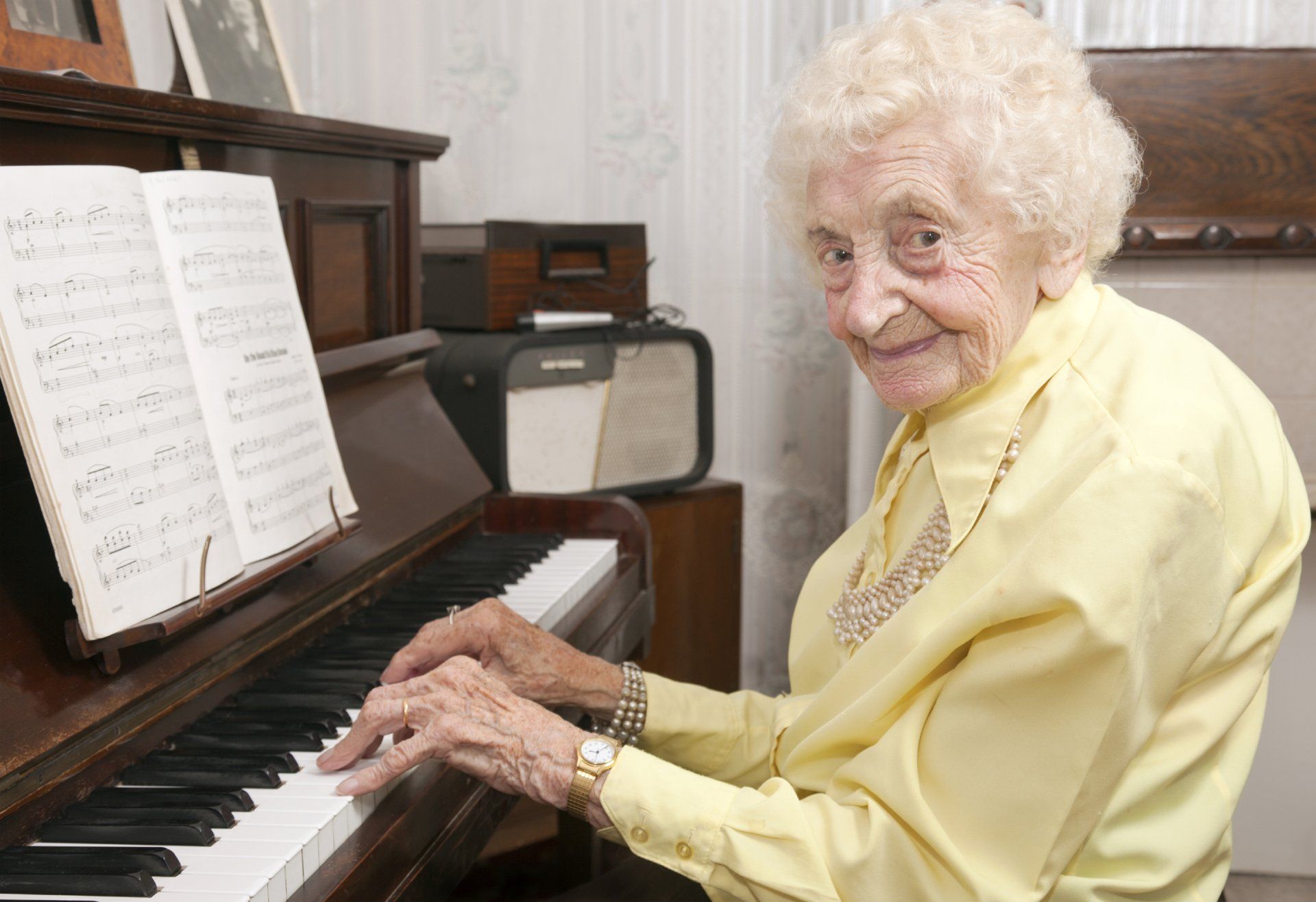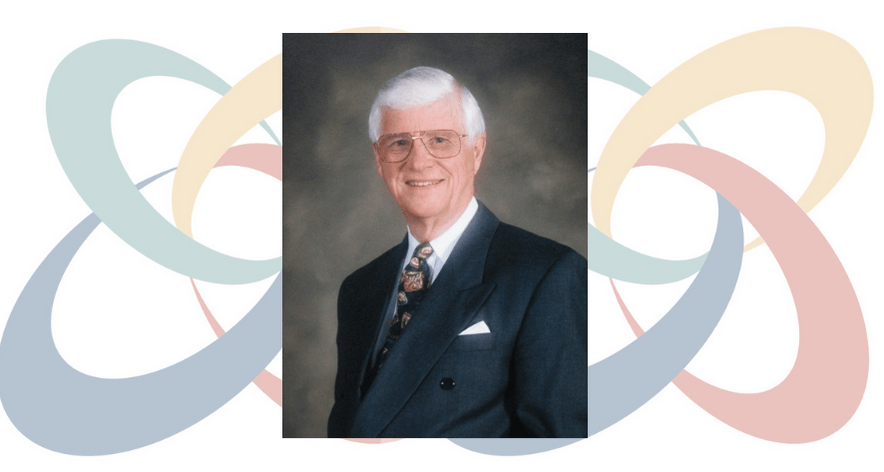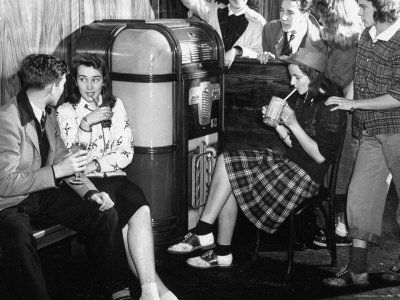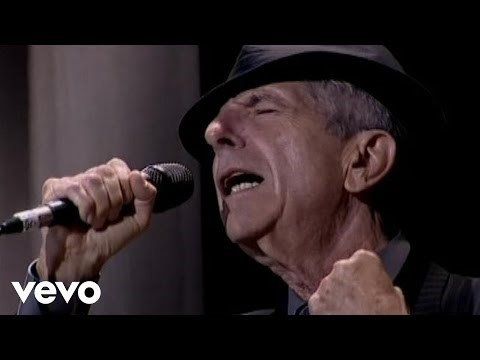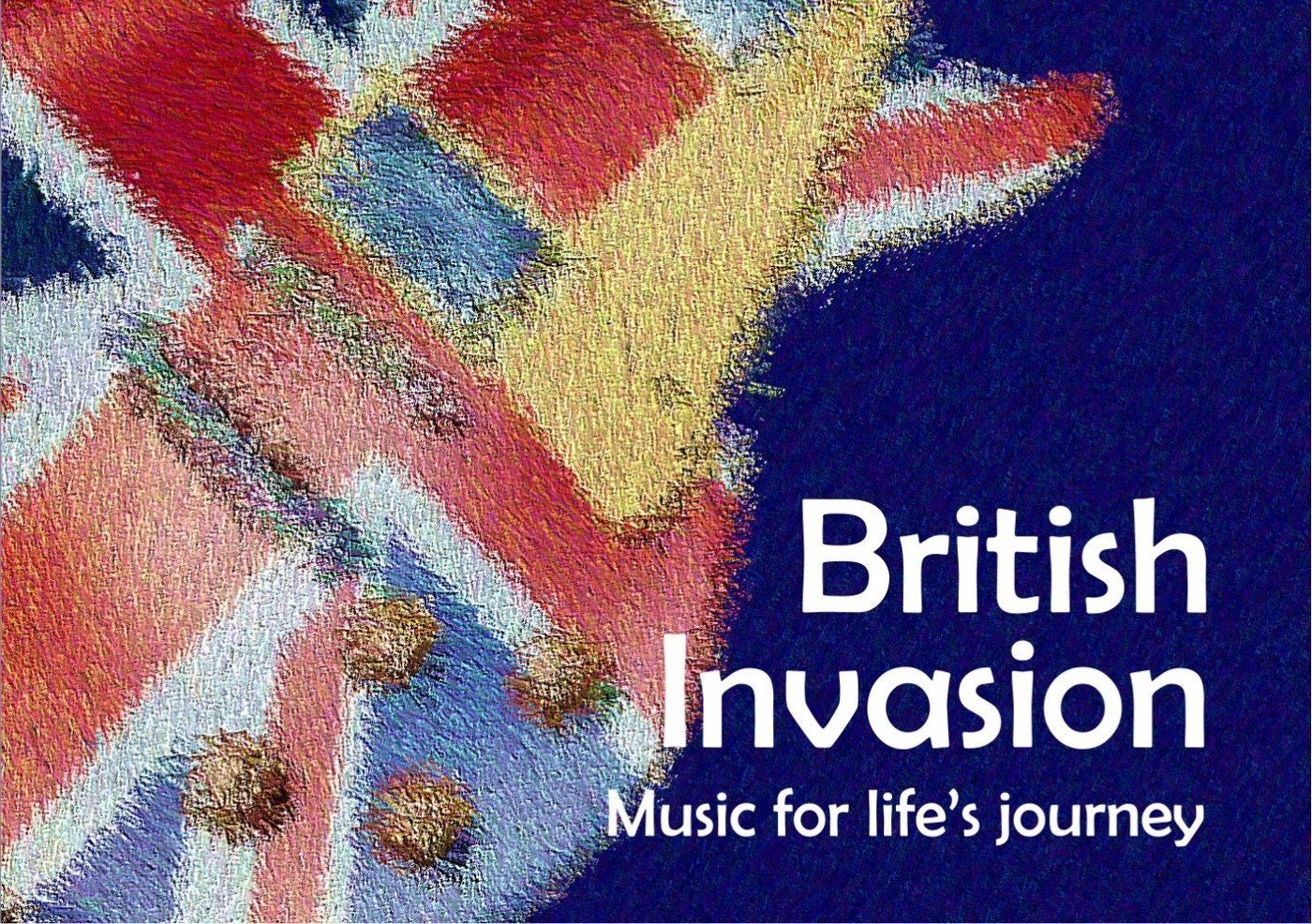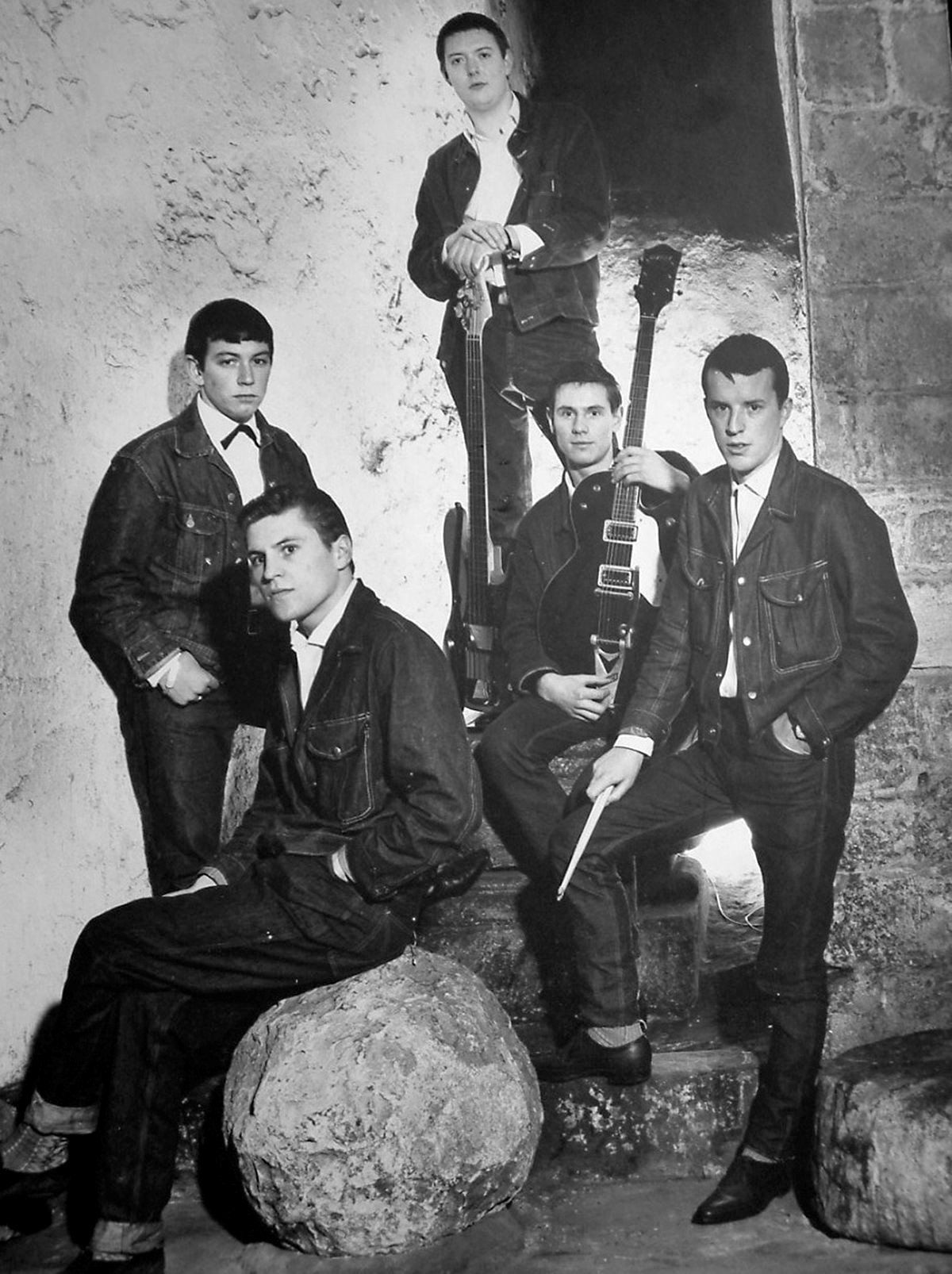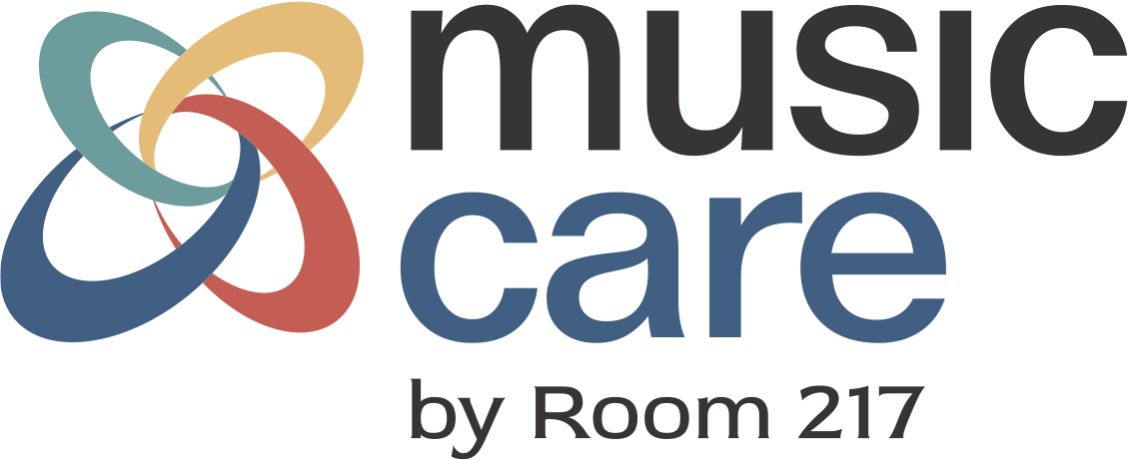The Queen of Soul was looking for it, just a little bit…
R-E-S-P-E-C-T. That’s all you need to read and you know the song. In fact, you likely sang it as you read it.
Respect was written and originally recorded by Otis Redding in 1965. But it was Aretha Franklin ’s version of Respect , recorded two years later that we all know. Franklin won two Grammy awards for the performance, Best Rhythm and Blues Recording, and Best Rhythm and Blues Solo Vocal Performance, Female.
Her version of the song is a message to her man, that she wants a little respect from him when he comes home, or he may come home to find out she’s gone. Franklin re-arranged the song to make it hers. It was her sister’s idea to spell out the word respect, and she and her sisters (who were the backup singers) chose to add the repetitive “sock it to me” at the end. It was just an expression that meant, tell me, or let me have it (news).
The song not only became her signature song, but also an anthem for the feminism and the civil rights movements. Women empathized with the call for men to respect them, and Blacks saw in the song a demand for the equality that evaded them. Franklin’s father was a friend of Martin Luther King, and Franklin often attended rallies with King. Many heard her call for respect.
The song was named fifth in Rolling Stone ’s 500 Greatest Songs of All Time , and is part of the Rock and Roll Hall of Fame’s 500 Songs That Shaped Rock and Roll.
Respect is one of the 16 tracks on Room 217’s Soul City album. Among the others are How Sweet It Is , Tracks of My Tears , You Can’t Hurry Love , and When a Man Loves a Woman. Soul City is one of six albums in Music Collection 4, Boomer Tracks. The album can be purchased individually, or as part of the Collection.
Deb Bartlett is a journalist by profession, with a particular interest in the health and education beats. As Room 217’s Resource Lead, her experience as a writer lends valuable communication and networking expertise within the wide range of Room 217 customers and media relations.


